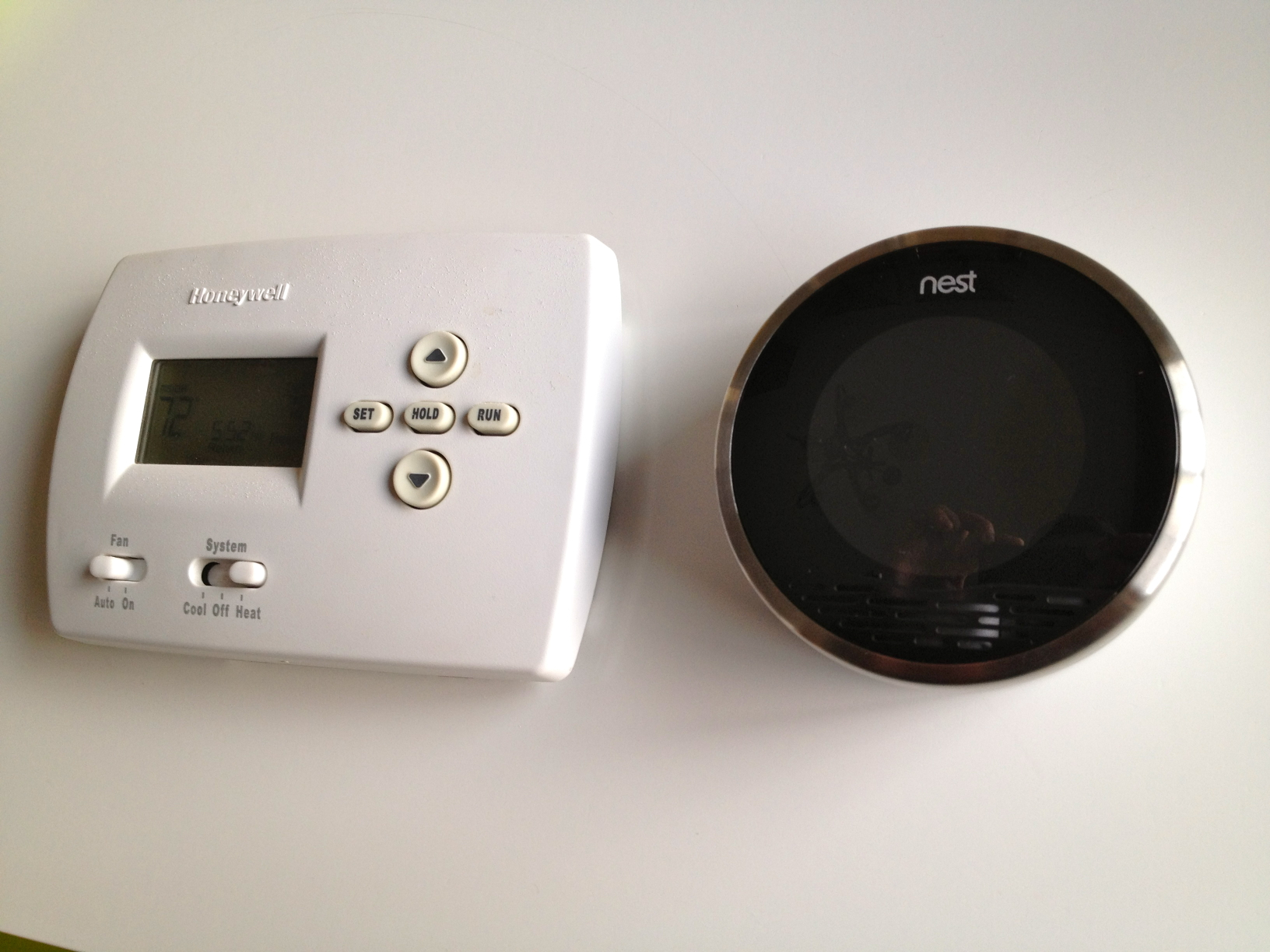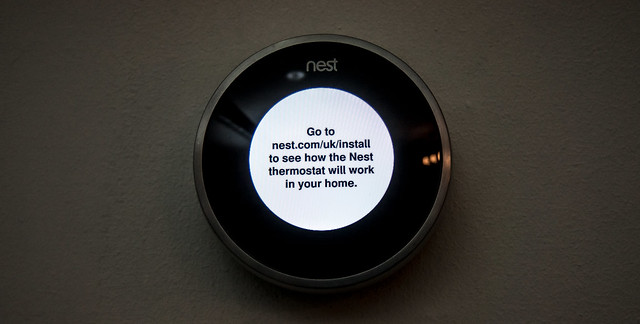It’s a smart move on the part of homeowners to adjust their thermostats when they aren’t home to save energy.
But would you let a weather app do it for you?
That’s a question being asked – and answered – by Honeywell Thermostats in their newest partnership with weather-application program WeatherBug.
WeatherBug uses data collected from the user – such as energy-efficient windows or other leaks – to determine what the ideal temperature should be set at inside the home. The partnership puts Honeywell Thermostats in the forefront of technology based to help consumers reduce the amount of energy used while also gathering data for their use.
WeatherBug announced the partnership in June, stating that it would use the WiFi available in new Honeywell Thermostats to adjust the temperature. The Honeywell Thermostat that is capable of this is $249 on most shopping websites, but installation could run you almost that – or more.
Currently, more than 20 million users have the WeatherBug app installed on a variety of electronic devices. More than 25 terabytes are recorded daily with information from users, giving the company a strong data base to make these decisions.
But Honeywell isn’t the only thermostat producer who’s using technology to help customers reduce their electricity use. Several companies are in on the act. Below is a list of some of the more popular companies, as well as their latest version (and their features).
Nest Learning Thermostat: Google now owns this company after an acquisition in January 2014 worth $3.2 billion USD. The company produces a thermostat that learns your habits and then self-programs to help you conserve energy. It also has software you can use to adjust the thermostat from any mobile device. At around $250, its second generation is easy enough for home installation by the purchaser.
Ecobee3 Smart WiFi Thermostat: While Nest may have burst on the American scene first, the Ecobee model was introduced in Canada nearly two years earlier. Its latest model includes a remote sensor to ensure that the home is properly heated and cooled. The Ecobee3 comes in slightly cheaper at around $230, and installation is promised to be a breeze.
Lennox iComfort Wifi: With a 5-year warranty, Lennox provides the longest guarantee of their product on the market. It’s a good thing because Lennox also tops the pricing chart of WiFi enabled models at around $350. Although it can be combined with other manufacturers, you’ll need additional hardware to install it if you don’t have a Lennox heating and cooling system.


